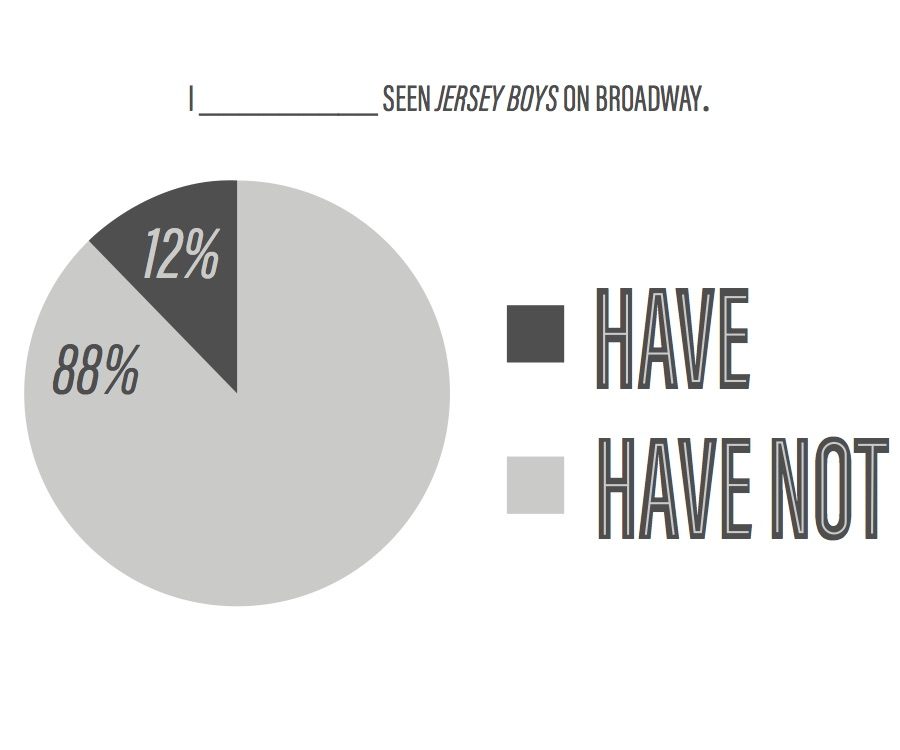“Jersey Boys” ends after 12 years on Broadway
Survey of 228 students from Jan. 19, 2017 to Jan. 20, 2017.
February 5, 2017
After passing through lines of people and a glowing marquee into the lobby of the August Wilson Theatre, viewers of “Jersey Boys” on Broadway are greeted with a sign warning of “flashing strobe lights, loud gunfire, and authentic, profane, Jersey vocabulary.”
Since 2005, the musical has delivered everything promised upon entry and more as it told the story of Frankie Valli and the Four Seasons in a way that is thought-provoking, passionate and unparalleled.
After $2 billion dollars in ticket sales, 24 million viewers, a Tony, a Grammy and an Olivier award, “Jersey Boys” closed on Jan.15, 2017. According to Playbill.com, the show became not only the longest running musical at the August Wilson Theatre, but also the 12th longest running musical on Broadway.
The show begins 17 years ago in Paris. At first glance, the French rap star and scantily-clad backup dancers seemed ill-fitting. That is, until Tommy DeVito, played by Nicolas Dromard, entered explaining that “Oh What a Night” was a hit song in Paris in 2000. The opening scene was unlike that of any other musical.
Dromard played tough guy, jailbird and band businessman Tommy DeVito with ease. His chemistry with Matt Bogart, who played Nick Massi, was inimitable. The two mastered the masculine brotherhood between DeVito and Massi.
But the real stars of the show were Mark Ballas and Drew Seeley, who portrayed Frankie Valli and Bob Gaudio, respectively. Ballas’ silky singing matched that of Valli’s with uncanny accuracy. As Valli and Gaudio evolved both in age and personality throughout the course of the musical, it seemed as if Ballas and Seeley grew with them. They went from teenagers plucked from the streets of New Jersey, ripe with enthusiasm and naivete, to adults faced with the harsh realities of business and personal life.
Scattered between the inexplicably amazing and dramatic musical numbers, the Four Seasons delivered monologues to the audience. The audience was more involved with the story and the musical than anything I’ve ever seen on Broadway. The atmosphere resembled a concert more than a musical.
Pop art illustrations displayed on the screens behind the rugged looking stage delineated the time period. As “Jersey Boys” ran its course, the audience was taken through the actual four seasons. Fall, winter, spring and summer coincided with the plot.
If there is one takeaway I can think of as I snuck into “Jersey Boys” in its waning performances, it’s not to remember the story for the scandals, sex and cussing, but to remember the hardship the characters faced, their determination and the unrivaled portrayal by Ballas, Seeley, Dromard and Bogart that brought Frankie Valli and the Four Seasons back to their prime.






